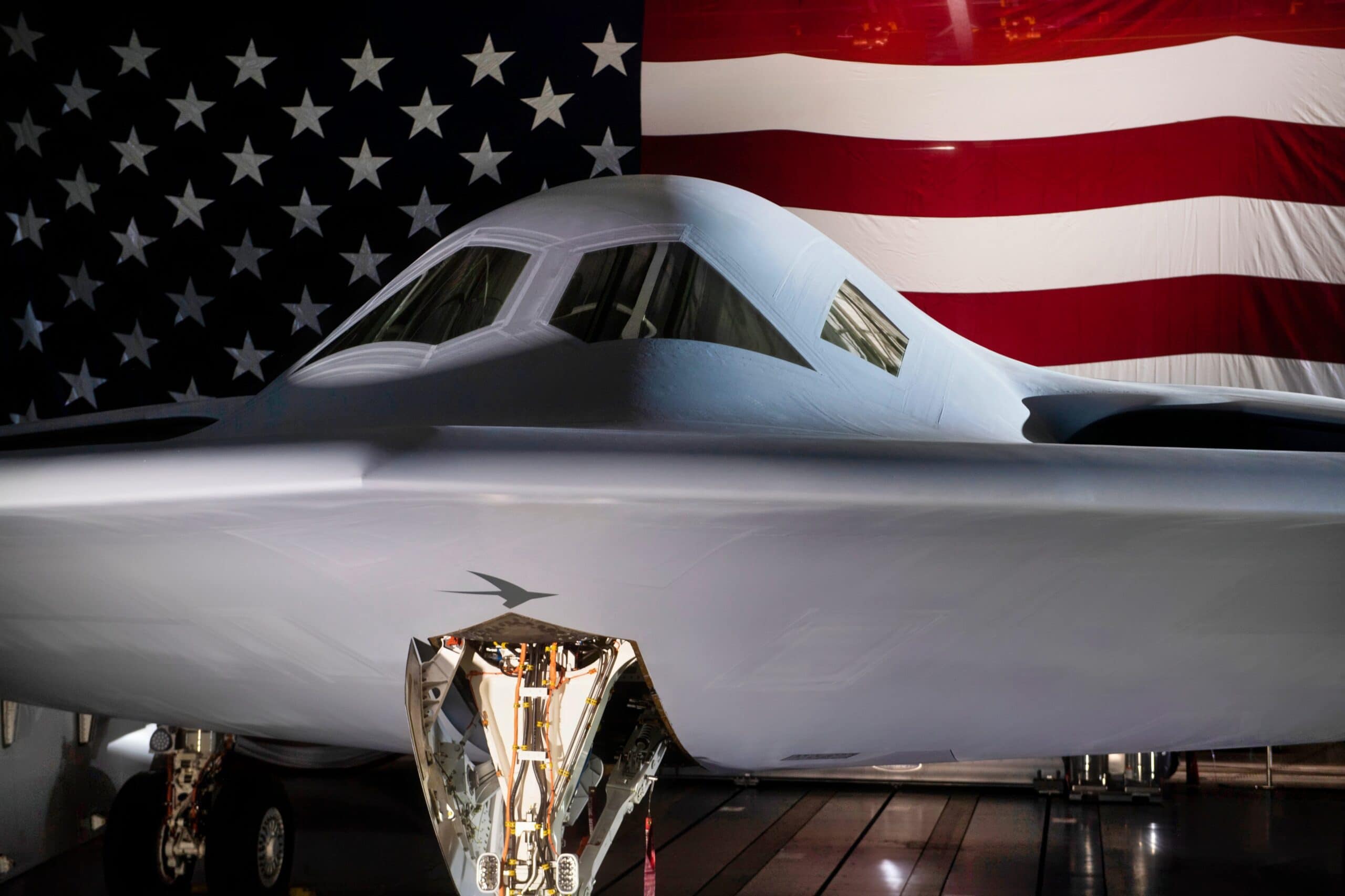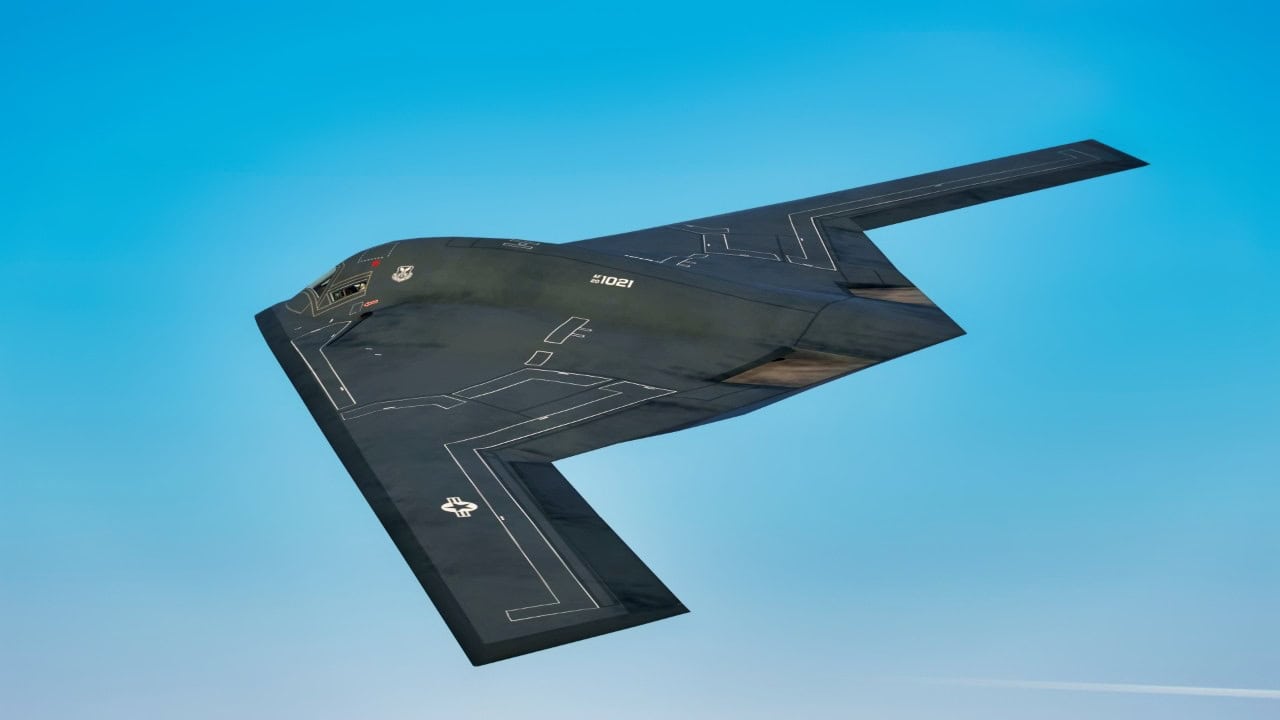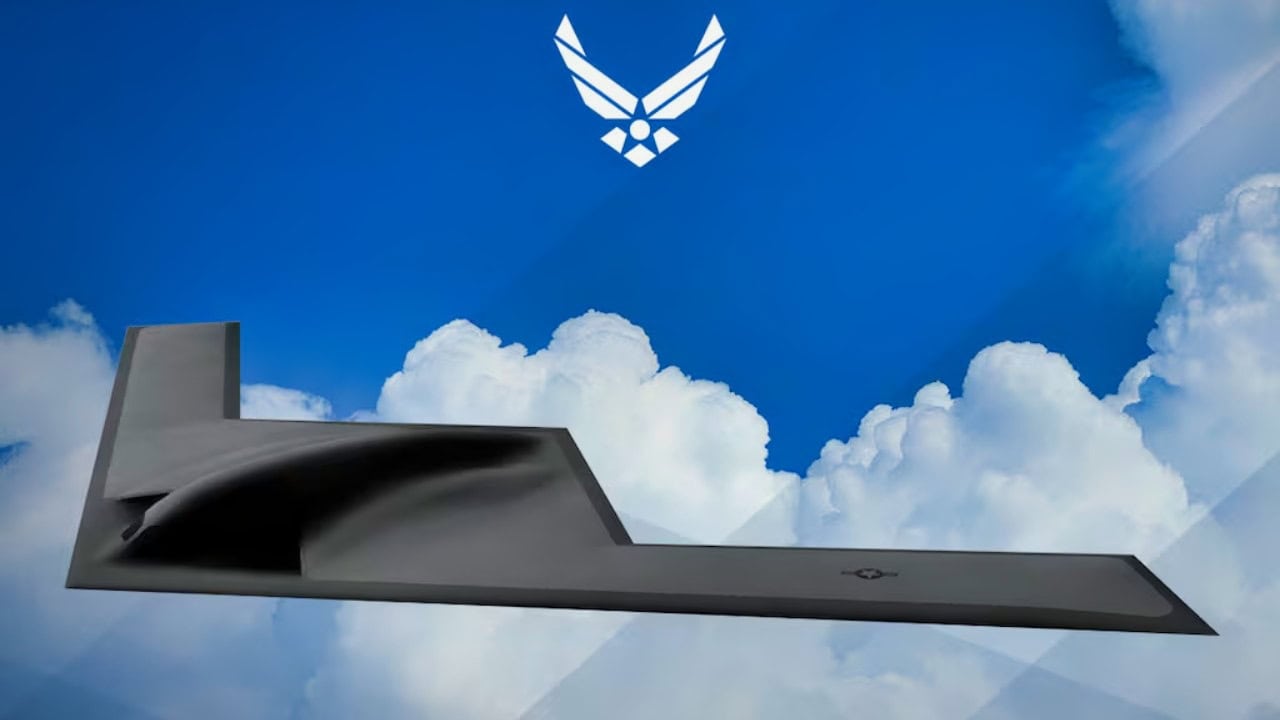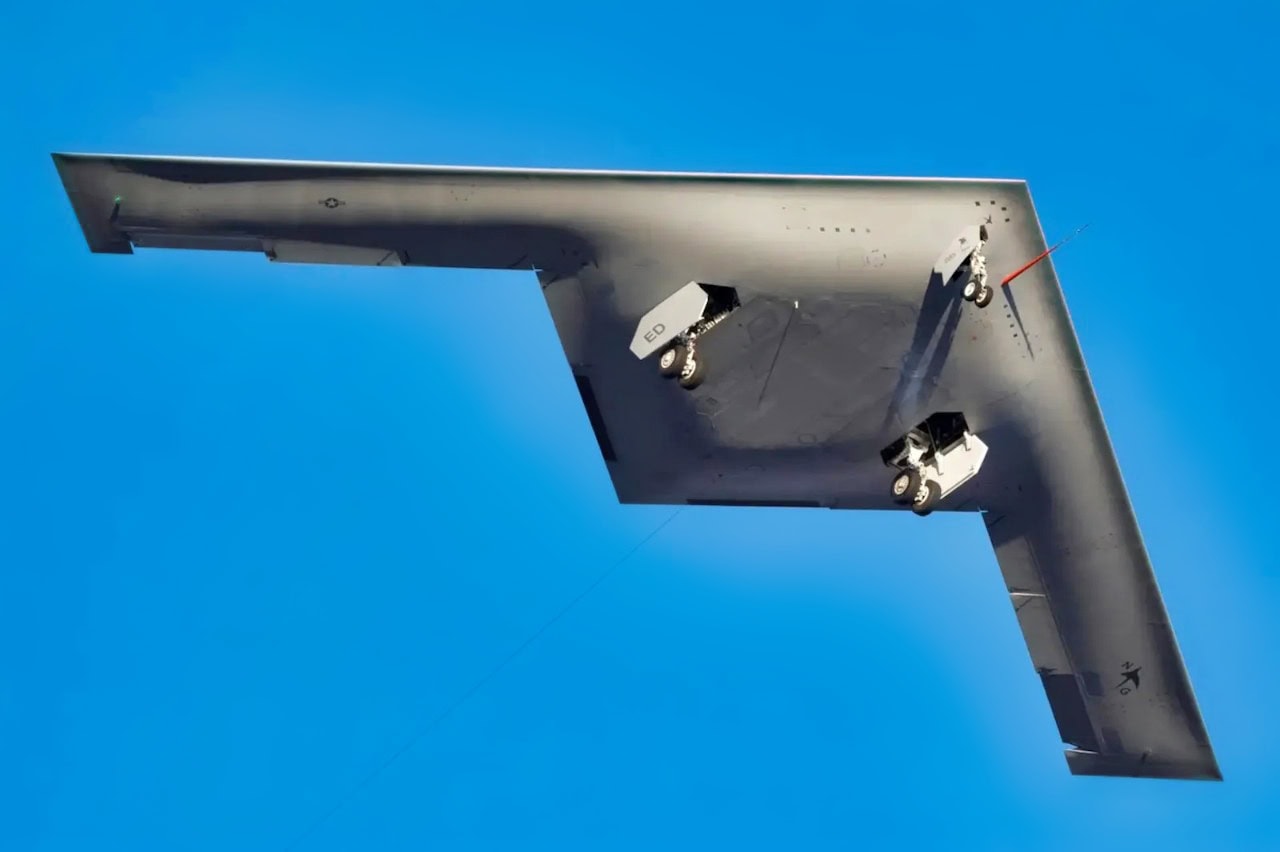Key Points and Summary: The US Air Force’s initial plan for 100 B-21 Raider stealth bombers, replacing the small B-2 fleet, is questioned given the need to deter both Russia and China simultaneously.
-Strategic analyses, like CSBA’s recommendation for 288 aircraft, suggest a significantly larger B-21 force is required for this complex geopolitical environment.
-While the B-21 offers advanced capabilities at a lower per-unit cost (~$700M) than the B-2, funding a much larger fleet presents a challenge.
-The final number will depend on budget allocations under the current administration and decisions about the optimal force mix alongside upgraded B-52J bombers.
-The originally-projected Raider minimum fleet would be 100-strong. Some have suggested that the number would have to triple or quadruple in order to defeat two major world powers at the same time.
The B-21 Raider: Can It Compete with Russia and China?
The B-21 Raider is expected to enter initial service with the United States Air Force in the mid-2020s. And while the roll-out of that stealthy, sixth-generation strategic bomber is moving along at a fine clip, how many of them America’s flying branch ultimately acquires is an open question.
“If the Department of the Air Force, the Department of Defense, or Congress directs an accelerated ramp… for the B-21 program, there’s some capability growth within the current complex,” General Thomas A. Bussiere explained during the course of an event hosted by the Air & Space Forces Association’s Mitchell Institute for Aerospace Studies.
The sixth-generation stealth bomber is designed as a modernized, cutting-edge replacement for the B-2 Spirit bomber, a strategic bomber that represents the backbone of the United States nuclear triad air component.
Though the two platforms are outwardly somewhat similar — both use a flying wing design to minimize both drag and their radar cross-sections — the United States Air Force touts the Raider as a sixth-generation strategic bomber with capabilities that greatly exceed that of the B-2 Spirit.
But the question now is, will the U.S. Air Force acquire enough of the Raiders? The currently planned order for 100 B-21s will greatly number the paltry, 19-strong B-2 raider fleet — but will more than quintupling the fleet of American stealth bombers be enough?
B-21 Raider Bomber: A Numbers Game
Part of the reason that there will ultimately be many more B-21 Raiders in the U.S. Air Force than there ever were of the older B-2 Spirit bombers was the untimely end of the Cold War and the cessation of hostilities between Moscow and Washington. Following the establishment of the American unipolar age, there was no obvious adversary for the unique capabilities of the B-2.
However, the lack of a target that seemingly confounded the B-2 is no longer the case. In fact, the U.S. Air Force may need a fleet significantly larger than the currently confirmed 100 it is slated to receive.
As one publication noted, “the US Air Force has confirmed that 100 B‑21s is the minimum order, not the maximum. The original number, 100, was selected before the US realized that it would need to deter China and Russia simultaneously, and the PRC’s number of strategic systems has rapidly grown since then.”
The B-21 Raider: A Story in Photos

B-21 Raider. Image Credit: Creative Commons.

B-21 Raider Artist Rendering.

B-21 Raider Bomber. Image from U.S. Air Force and edited with AI software.

B-21 Raider Bomber.
It further explained that “The Center for Strategic and Budgetary Assessments recommends that the US plan to construct a force capable of defeating two major powers simultaneously and suggests that the US procure 288 B‑21s for this purpose…” while “a prominent former national security official projected the number to range from 300–400.”
Show Me the Money
One boon to the B-21 Raider — and indeed, many big-ticket Pentagon items — is the Trump administration’s proposed $1 trillion budget. Astute observers of the spending plan have noted that the planned budget relies on a separate budget reconciliation bill to reach President Trump’s pledged high-water mark and that actual defense spending would remain virtually the same.
A Question of the Right Force Mix
Costs are a significant factor in the discussion of force mix, or the balance between high-end B-21s and lower-end bombers like the B-52 Stratofortress bomber.
“Who would not want more [B-21s]?” General Bussiere asked rhetorically at the Mitchell Institute event but added that any discussion of overall bomber fleet numbers would have to take into account other platforms like the newly re-engined and upgraded B-52Js. The U.S.A.F. B-52 revamp program that will keep 75 of the long-range bombers.
“It’s a force mix discussion within the Department of the Air Force,” General Bussiere said, adding that the Department of Defense will have to determine what resources to prioritize and direct to the U.S. Air Force.
Though the Raider program has experienced a dizzying array of reported lower costs, higher than projected costs, and cost negotiations between Northrup Grumman and the Pentagon, at the current acquisition fleet of 100 bombers, each aircraft would cost around $700 million — a strikingly expensive number, even for a platform as sophisticated as the B-21 is.
And while expanding B-21 acquisition numbers would increase the program’s overall cost, it would reduce the Raider program’s per-aircraft cost.
The B-21 Raider Problem?
Though the U.S. Air Force has been tight-lipped on how many B-21 Raider bombers will ultimately fly with the U.S.A.F. roundel, it seems the fleet is set to increase. With a significant boost to defense spending on the horizon, the requisite funding for what could be a hugely expansive program is potentially there.
Though Northrop will no doubt attempt to keep the program’s costs in check, an increase in B-21 production would help suppress the program’s per-unit costs.
About the Author: Caleb Larson
Caleb Larson is an American multiformat journalist based in Berlin, Germany. His work covers the intersection of conflict and society, focusing on American foreign policy and European security. He has reported from Germany, Russia, and the United States. Most recently, he covered the war in Ukraine, reporting extensively on the war’s shifting battle lines from Donbas and writing on the war’s civilian and humanitarian toll. Previously, he worked as a Defense Reporter for POLITICO Europe. You can follow his latest work on X.

